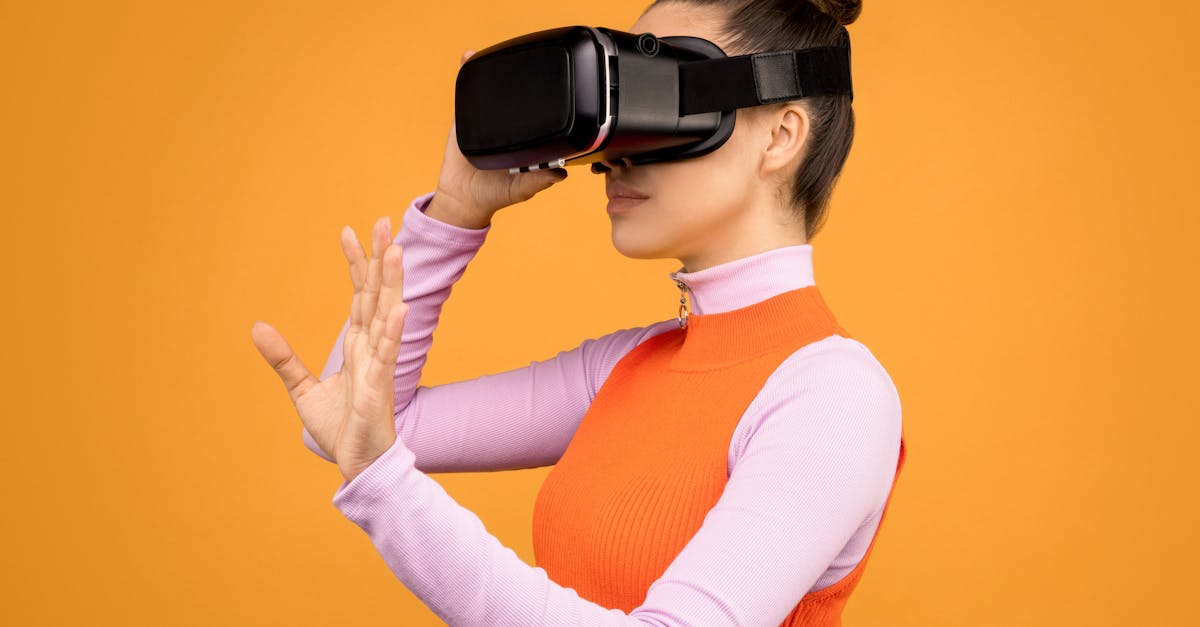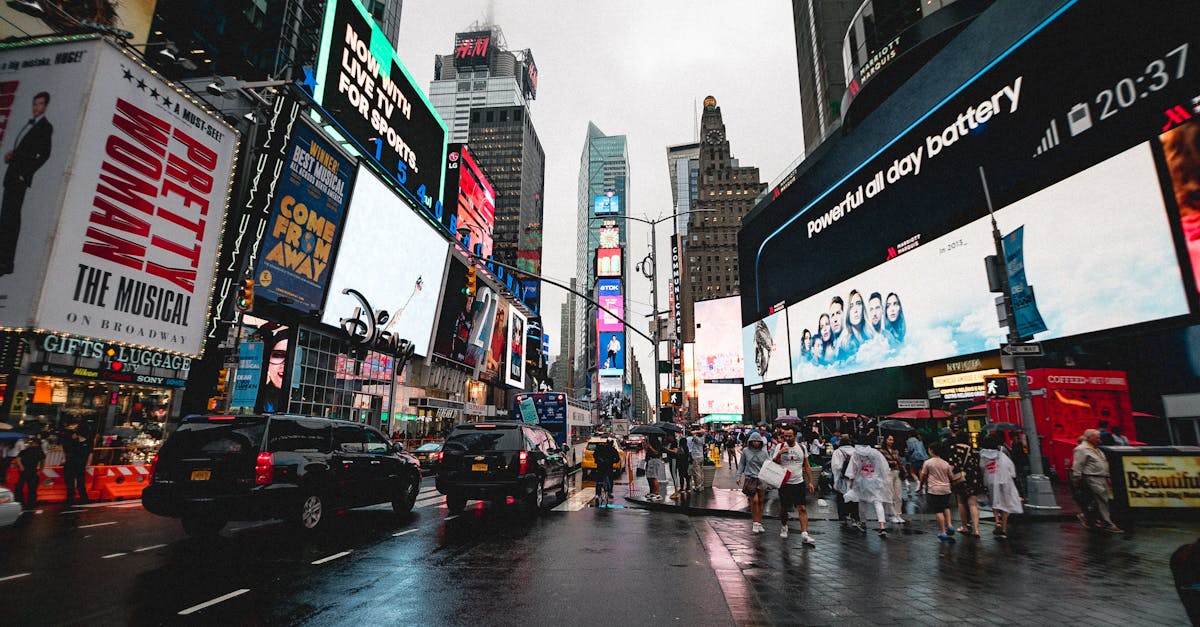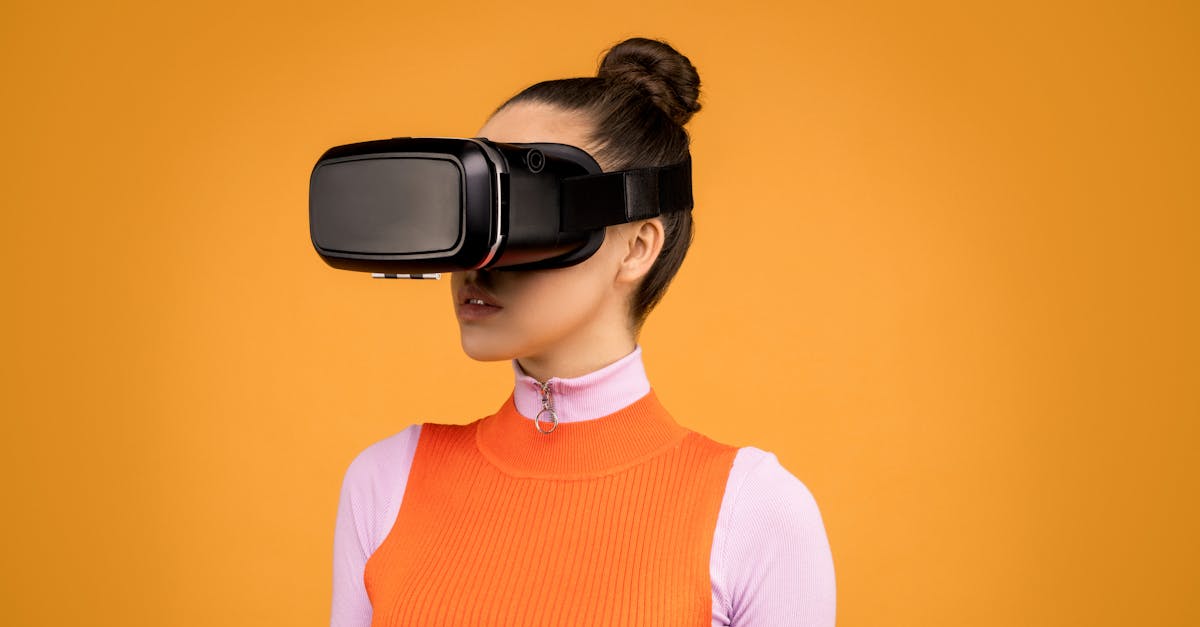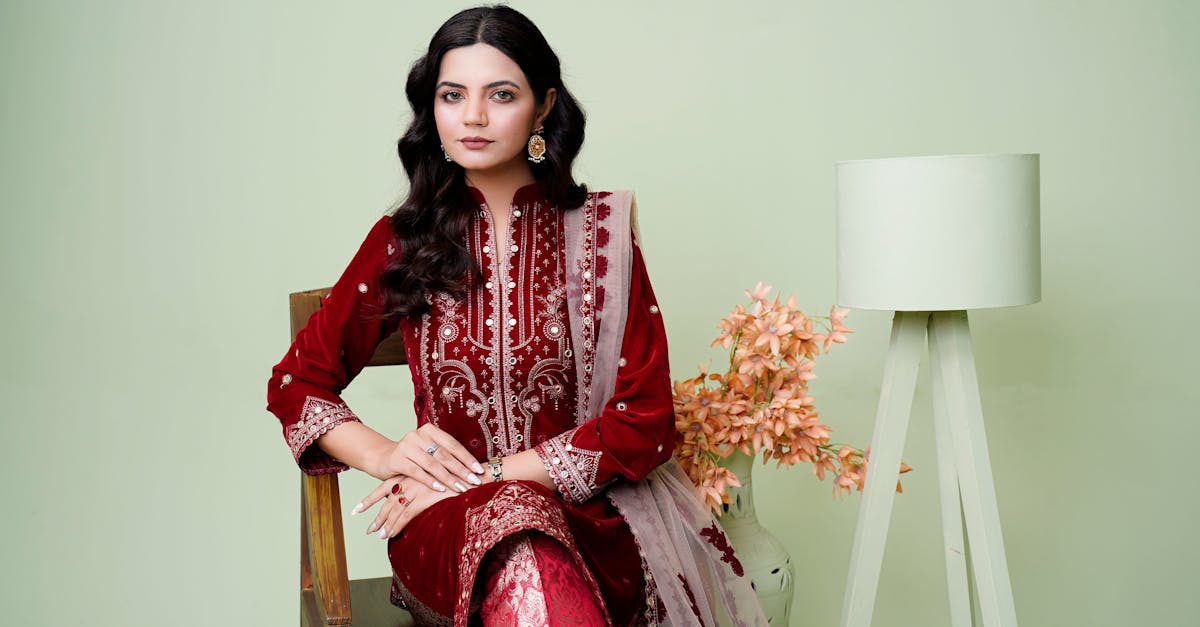Fashion and News How Tech Trends Impact Consumer Behavior
Introduction
The dynamic world of fashion and news is continually being reshaped by technology, creating a symbiotic relationship that influences trends, consumer behavior, and industry practices. From artificial intelligence to social media, tech trends profoundly impact how fashion is designed, marketed, and consumed, as well as how news is produced, distributed, and consumed. Understanding this transformation is crucial for both industries to adapt and thrive amidst constant change. As technology evolves, it not only enhances efficiency and creativity but also redefines the way consumers interact with fashion and news, making it more personalized, immersive, and accessible. This article delves into the key technological advancements driving this transformation and explores their implications for the future of fashion and news.
Advertisement
Rise of Digital Platforms
The growing prevalence of digital platforms has revolutionized how consumers access fashion and news. Online marketplaces like Amazon, Farfetch, and ASOS have become primary sources for fashion discovery, offering consumers a vast array of choices at their fingertips. Similarly, news outlets have shifted from traditional print media to digital platforms, leveraging websites, apps, and social media to distribute content rapidly and reach global audiences.
Digital platforms have democratized access to fashion and news, breaking down geographical barriers and enabling consumers to engage with content from anywhere in the world. For fashion brands, this means the ability to showcase their collections to a global audience without the need for physical stores. For news outlets, it means the ability to deliver real-time updates and breaking news to readers instantly. This shift has also given rise to new business models, such as direct-to-consumer (DTC) fashion brands and subscription-based news services, which prioritize convenience and accessibility.
Advertisement
Influence of Social Media
Social media platforms like Instagram, TikTok, and Pinterest play a crucial role in shaping consumer preferences and behaviors. Fashion influencers and news curators have transformed the landscape, creating personalized and immediate content that resonates with audiences. Consumers now prioritize authenticity and transparency, often favoring brands and news sources that align with their values and reflect their identities.
Fashion influencers, for instance, have become powerful tastemakers, driving trends and influencing purchasing decisions through curated content and product endorsements. Similarly, news curators on platforms like Twitter and LinkedIn provide real-time updates and analysis, shaping public opinion and discourse. The interactive nature of social media allows consumers to engage directly with creators, fostering a sense of connection and trust. This has led to the rise of micro-influencers and niche news outlets, which cater to specific interests and communities, further personalizing the consumer experience.

Sanket Mishra/Pexels
Advertisement
Personalization through AI
Artificial intelligence (AI) has significantly improved the personalization of fashion and news content. By analyzing consumer behavior, preferences, and interactions, AI tailors recommendations to individual users, enhancing their experience and engagement. In fashion, AI-powered tools like virtual stylists and recommendation engines suggest outfits based on past purchases, browsing history, and even weather conditions.
In the news industry, AI algorithms curate personalized news feeds, ensuring that readers receive content that aligns with their interests and reading habits. This level of personalization not only improves user satisfaction but also drives consumer loyalty and retention. Additionally, AI enables more targeted advertising, allowing brands and news outlets to deliver relevant messages to specific audiences, thereby increasing the effectiveness of their campaigns.

Ron Lach/Pexels
Advertisement
Sustainability and Ethical Practices
Consumers are increasingly concerned about sustainability and ethical practices in both fashion and media. Technology plays a pivotal role in addressing these concerns, enabling brands and news outlets to operate more transparently and responsibly. For instance, blockchain technology is being used to track the supply chain of fashion products, ensuring transparency and accountability from raw materials to finished goods.
In the news industry, AI is being utilized to reduce waste by optimizing content production and distribution processes. For example, automated news writing tools can generate articles from data sets, reducing the need for extensive resources. Additionally, digital platforms allow news outlets to reach audiences without the environmental impact of printing and distributing physical newspapers. This shift towards sustainability meets consumer demand for ethical consumption, promoting conscious buying and reading decisions.

Polina Tankilevitch/Pexels
Advertisement
E-commerce Boom
The global pandemic accelerated the shift towards e-commerce, significantly influencing both the fashion and news sectors. Online retail giants like Amazon and Zalando disrupted traditional fashion retail, while digital news subscriptions saw a sharp rise as consumers sought reliable information from the safety of their homes.
Fashion brands have embraced e-commerce by enhancing their online presence, offering virtual try-ons, and providing seamless delivery options. Similarly, news outlets have invested in digital subscriptions and paywalls, ensuring a steady revenue stream while delivering high-quality content. The convenience and variety of online shopping and news consumption have become integral to modern consumer behavior, with many consumers now preferring digital experiences over traditional ones.

Photo By: Kaboompics.com/Pexels
Advertisement
Augmented and Virtual Reality
Augmented reality (AR) and virtual reality (VR) technologies are offering immersive experiences that are transforming both fashion and news. Virtual fashion shows, for instance, allow designers to showcase their collections in innovative ways, reaching global audiences without the need for physical events. Similarly, AR-powered virtual try-ons enable consumers to visualize how clothing will look and fit before making a purchase.
In the news industry, AR and VR are being used to create interactive and immersive storytelling experiences. For example, VR documentaries allow viewers to step into the story, experiencing events firsthand. These technologies break the barriers of physical space, allowing consumers to explore new possibilities from the comfort of their homes. As AR and VR become more accessible, they are expected to play an even greater role in shaping the future of fashion and news.

Sound On/Pexels
Advertisement
Consumer Data Analysis
Big data is pivotal in shaping consumer behavior in fashion and news. Analytics provide insights into trends, preferences, and purchasing patterns, enabling brands and media outlets to make informed decisions. For fashion brands, data analysis helps identify emerging trends, optimize inventory, and create targeted marketing campaigns.
In the news industry, data analytics allows outlets to understand reader preferences, optimize content strategies, and improve engagement. This data-driven approach helps brands and media outlets remain relevant and adapt to evolving consumer expectations. By leveraging data, both industries can anticipate changes in consumer behavior and stay ahead of the competition.

Pixabay/Pexels
Advertisement
Community Building and Online Interaction
Technology fosters community building among consumers, creating spaces where fashion enthusiasts and news readers can interact with creators and like-minded individuals. Online forums, social media groups, and interactive platforms enable consumers to share ideas, recommendations, and feedback, fostering a sense of belonging.
This interaction influences purchasing and readership decisions, as recommendations often stem from peer discussions. For fashion brands, community building helps create loyal customer bases and drive word-of-mouth marketing. For news outlets, it enhances reader engagement and encourages the sharing of content. By fostering online communities, both industries can build stronger relationships with their audiences and create more meaningful experiences.

August de Richelieu/Pexels
Advertisement
Conclusion
In conclusion, technology's impact on fashion and news significantly molds consumer behavior, reshaping how people engage with these industries. Digital platforms, AI-driven personalization, and community interactions are redefining the way consumers discover, consume, and interact with fashion and news. Staying attuned to tech trends helps brands and news outlets meet changing consumer demands effectively, ensuring their relevance in an ever-evolving landscape.
As technology continues to advance, the possibilities for innovation in fashion and news are limitless. From sustainable practices to immersive experiences, the integration of technology is driving a transformation that benefits both industries and their audiences. By embracing these advancements, fashion and news can create a future that is not only more efficient and creative but also more inclusive and responsive to the needs of consumers.

Ann H/Pexels
Advertisement








